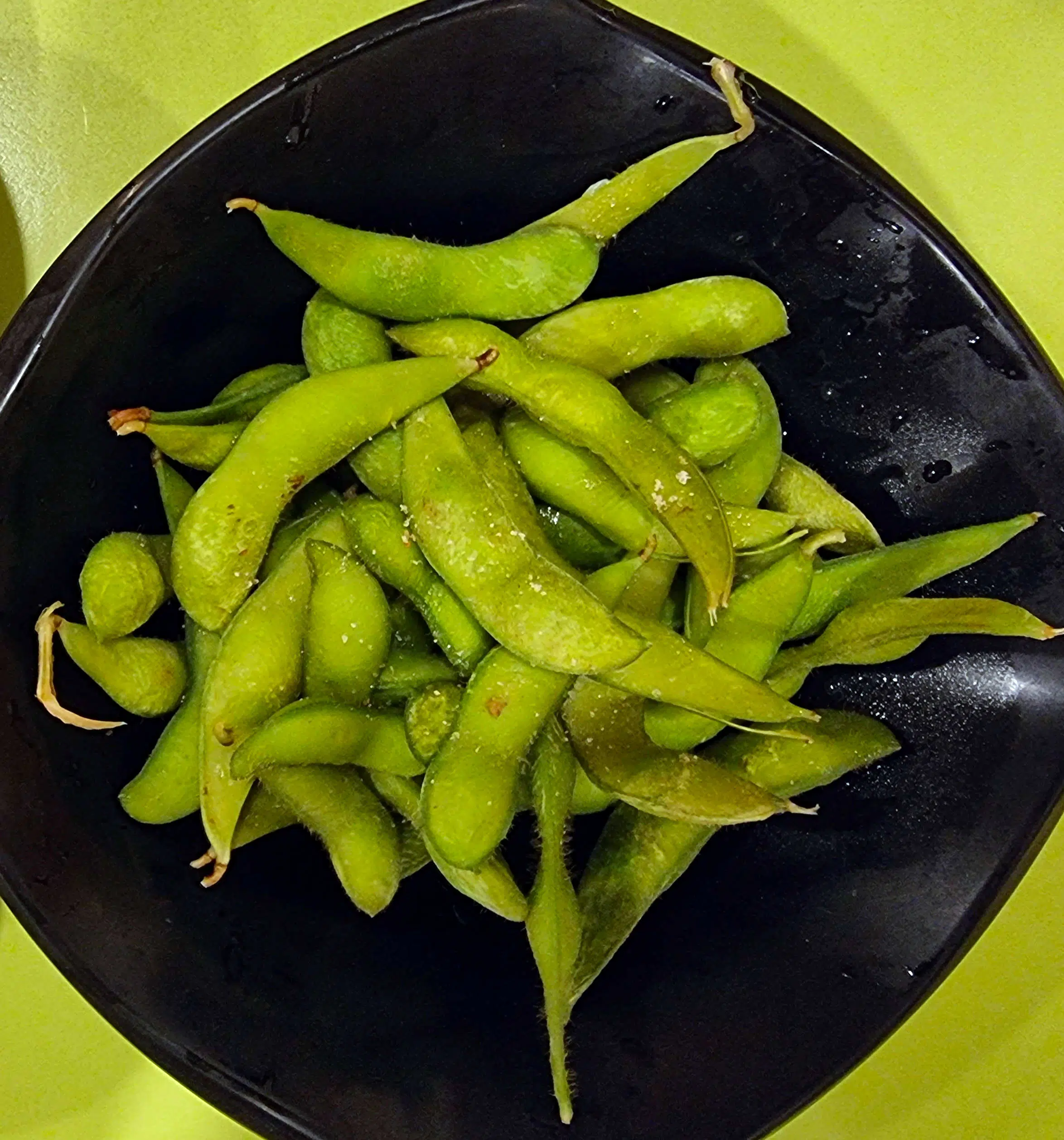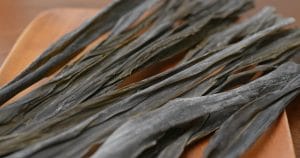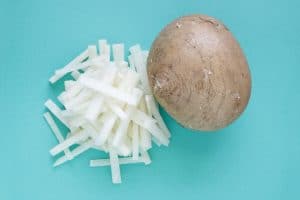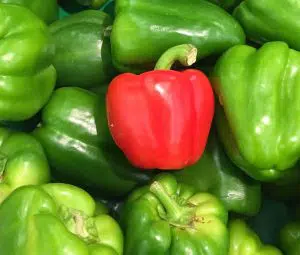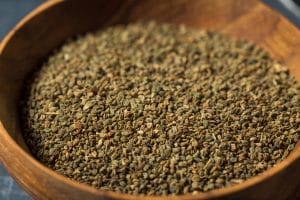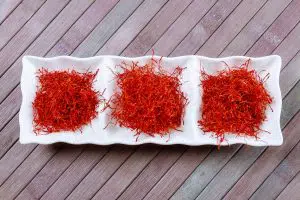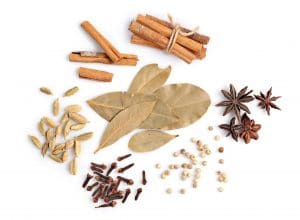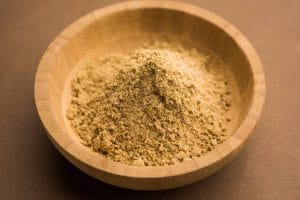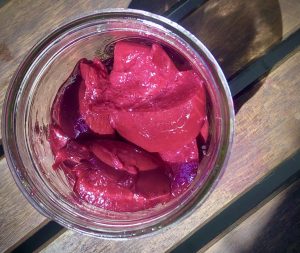Best Substitutes For Edamame
Important Note: When you buy through our links, we may earn a commission. As an Amazon Associate we earn from qualifying purchases. Content, pricing, offers and availability are subject to change at any time - more info.
A diet rich in fiber, without meat, and plenty of nutritious value should always contain amazing legumes (beans). This can include anything from black beans and chickpeas to kidney beans and edamame. Not familiar with edamame? It’s not exactly the most common bean used in cooking.
So if you come across a recipe that you would really like to try but can’t get your hands on edamame, you’re going to want something to substitute in their place. If you’re not sure where to turn, then you’re right where you need to be.
We researched and narrowed down the best solutions to replace edamame in a pinch. You might even find that you prefer these alternatives to the real thing.
What Is Edamame?
Admittedly, edamame may sound quite strange if you’ve never heard about them before. But the truth of the matter is that edamame is quite popular among legumes. The word “Edamame” is actually Japanese, and it roughly translates to soybeans that mature early.
As you may have already surmised, edamame is popular in Japan and was once sold with stems. Because it isn’t a mature soybean, edamame beans have the round shape and small size of soybeans. But the pods of fresh edamame are covered with a bright green rind instead of the yellow color of mature soybeans.
As far as flavor is concerned, soybeans and edamame differ from one another. Due to a high concentration of amino acid and sucrose at maturity, edamame tends to taste nutty and sweet.
Likely due to their early maturity stage, edamame has many nutritional benefits, just like black beans. These benefits include:
- Low glycemic index (energy boost)
- Packed with protein
- Dietary fiber
- Vitamins
- Minerals
In many stores in the United States, edamame usually comes frozen in batches. Frozen edamame is an excellent raw material for steaming, frying, and boiling dishes.
What’s more, you may sprinkle a bit of salt and put it on salads, noodles, and stews. Additionally, you may find edamame sold as snacks in restaurants throughout Japan.
Edamame is a delicious legume suitable for diets rich in fiber. However, edamame isn’t always available in supermarkets. So let’s explore some edamame substitutes that you’re more likely to find and that you can use in your edamame simple recipes.
Best Substitutes
Mukimames
First up is mukimames. It’s an odd name indeed. But strangeness aside, mukimames shares the same root found on edamame. What’s more, mukimames is in fact just another name for an early-maturing soybean that is peeled from the pod and then sold in batches. When you compare mukimame to edamame, you will find that they have much in common.
Like edamame, mukimames have the same small shapes and bright green color found in immature soybeans. They are hard in texture and have a fresh nutty flavor. Mukimames are sold in the grocers’ freezer sections and come in plastic bags.
Unlike edamame, though, mukimames can be boiled on the stove or immediately steamed in a bag without too many processing steps.
Fava Beans
Fava beans are some of the very best substitutes for edamame. These popular mainstays date back to 6,000 B.C. These broad beans are common in places like America, Africa, Europe, and Middle East.
Despite their popularity, these high-quality broad beans have a similar texture and rich flavor when comparing broad beans and edamame.
And like edamame, broad beans grow in green pods. They are slightly oval in shape, and their skin is light green. When cooked, fresh broad beans have a slightly creamy texture. Their taste is a combination of slight bitterness, sweetness, and a touch of cheesy and nutty undertones.
You can find a couple of different versions of broad (fava) beans: dried fava and fresh fava. The dry taste is less, and the texture is granular. What’s more, you can also use broad beans in many edamame recipes, such as soups, stews, and salads.
Garbanzo Beans
Chickpeas or garbanzo beans are another good alternative for edamame due to their texture. What’s more, the taste of chickpeas is very versatile and can also be used in place of ranch-styled beans. However, the beige color of chickpeas may be different from the green skin of edamame, so you may consider adding them to salads.
For stews and soups, chickpeas are a significant source of both fiber and protein. The earthy, nutty, and dynamic flavors of these beans serve to add more levels of flavor to your dishes. When you take a bite to fill your mouth like edamame, you will notice that it has a creamy taste and a slight graininess.
Sugar Snap Peas
The fashionably named sugar snap pea is an excellent substitute for edamame due to its similar appearance. But are these peas just like edamame? The truth is, they are actually two very different kinds of beans. Sugar snaps serve to combine snow peas and garden peas.
Compared to edamame, because of the similar flavor, these peas are very suitable as a replacement for edamame in succulent dishes. Moreover, sugar snap peas can be bought as green pods with a thick and round pod wall.
And just like edamame, these peas are small and green, with a unique sweetness. Compared to edamame, sugar snaps are often crunchier and juicier. They even make a snapping or popping sound when eaten. You may eat them as snacks such as edamame, or you can cook them in soups and stews.
Cook Gem Is Your Source for Substitutes, Recipes, and More
We hope you enjoyed our guide to the best edamame substitutes. This is just one of many other articles we have detailing the most suitable alternatives for a wide variety of foods and ingredients.
We also discuss restaurants and bring you the information you need to ensure that you order vegan food when dining out. So head on over to our food substitutes page for all of the latest updates or our Info page for a wealth of vegan articles covering a wide range of topics.
